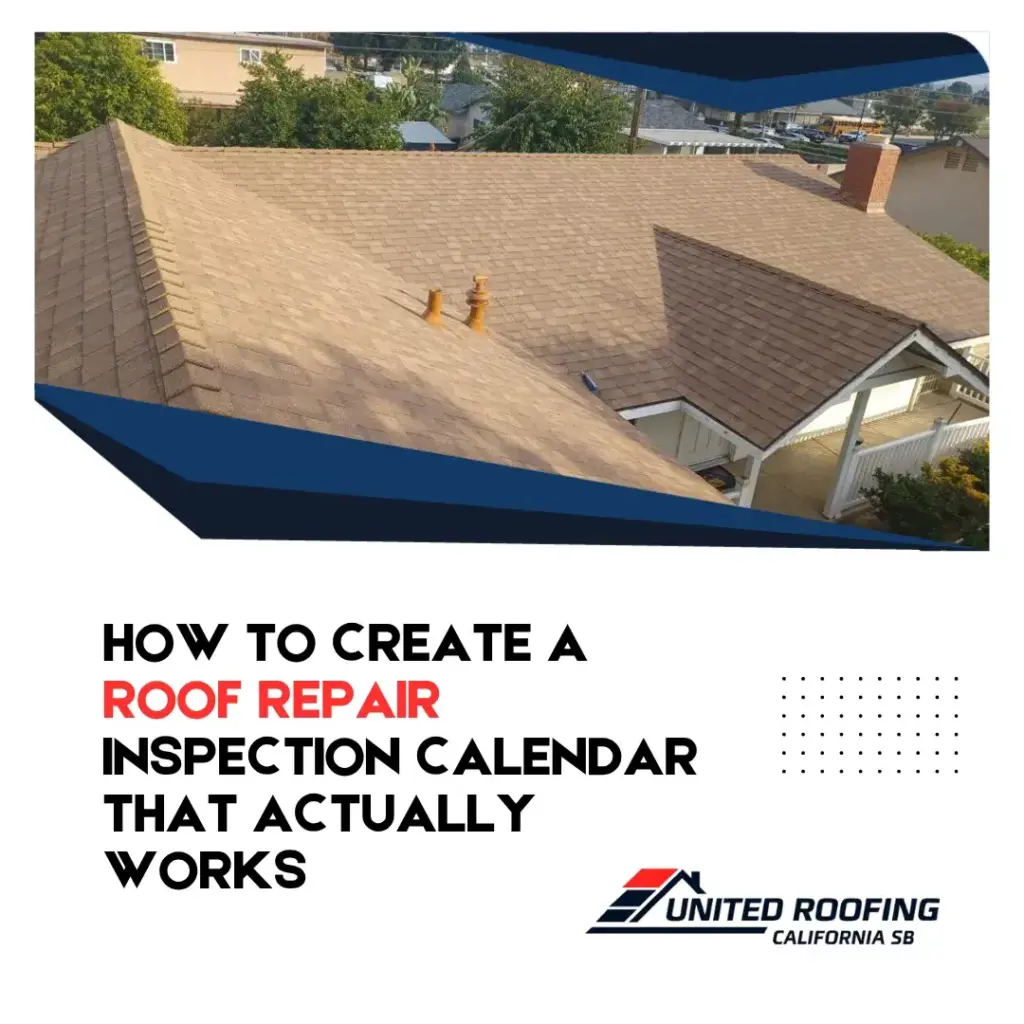Preventing roofing problems starts with consistent, timely inspections. A well-structured inspection calendar can help you catch issues before they escalate into serious damage. By organizing roof assessments around seasonal weather patterns and key maintenance milestones, homeowners and property managers can take a proactive approach to roof care. With a reliable schedule in place, you’ll be prepared to spot trouble early and schedule roof repair when it’s most effective—not when it’s too late.
Start with Seasonal Inspection Cycles
Each season brings unique risks to roofing systems. In spring, melting snow and heavy rain can reveal moisture problems. Summer heat causes material expansion and can dry out seals. Fall debris buildup affects drainage, while winter brings ice dams and added stress from snow loads. Your calendar should include at least two inspections per year—ideally in spring and fall—to monitor these seasonal threats. Identifying issues early can help you plan any necessary roof repair before weather makes access difficult.
Align Inspections with Home Maintenance Tasks
Combining roof inspections with other home maintenance routines improves consistency. Pair your inspection with tasks like gutter cleaning, HVAC servicing, or window sealing. These natural maintenance windows keep your roofing checks from falling through the cracks and make it easier to spot exterior warning signs such as flashing damage or granule loss. Roof issues are often connected to other systems, so this integrated approach can lead to smarter, more efficient upkeep.
Track Inspection Data and Observations
Documentation is key to effective roof management. Use a digital calendar, app, or spreadsheet to log inspection dates, photos, and notes about potential issues. Keeping detailed records helps you track changes over time and supports warranty claims if damage occurs. This data also improves communication with contractors, as they can review previous findings to plan more accurate inspections and repairs. Clear records turn reactive repairs into proactive roof care.
Build in Flexibility for Emergency Inspections
While scheduled inspections form the foundation of your plan, be ready to adjust your calendar after extreme weather events. High winds, hail, or heavy storms can cause sudden damage that isn’t visible from the ground. Following major weather activity, add a supplemental inspection to check for compromised shingles, flashing movement, or early signs of leaks. Flexibility ensures your calendar remains practical and responsive to real-world roofing conditions.
Learn More
Best Roof Repair Tools and Apps for Faster, Smarter Inspections

